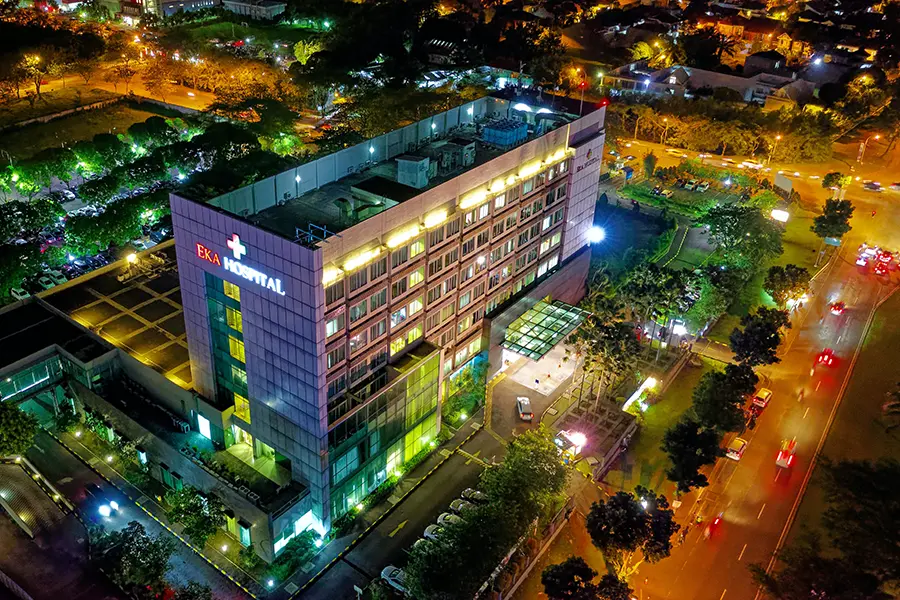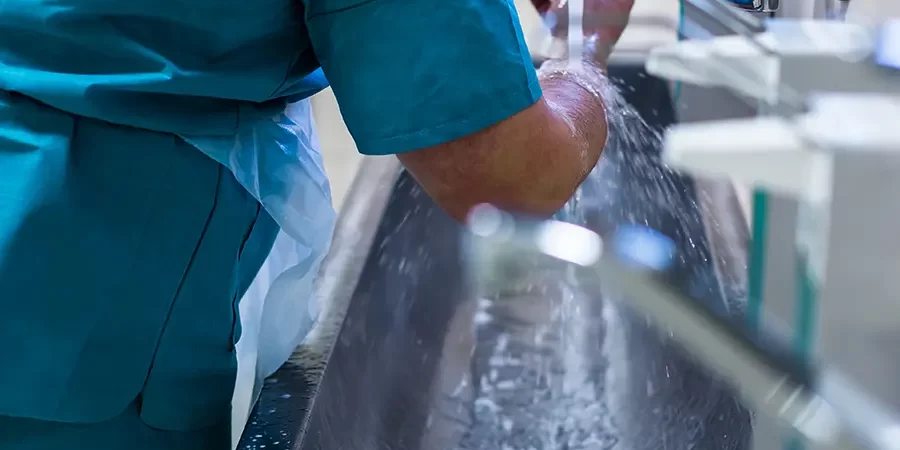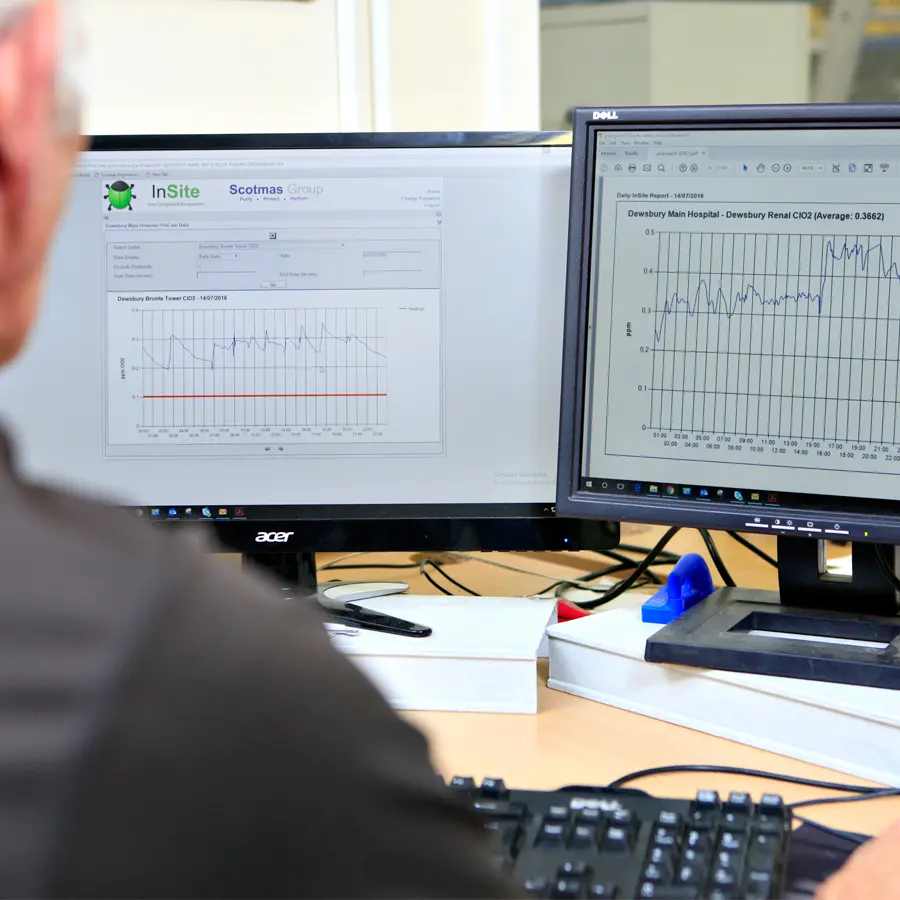Remote monitoring solutions and secondary disinfection measures are vital in existing and proposed healthcare facilities.
As the detection techniques for microorganisms in water systems and environmental sampling improve, it is crucial to implement effective remote monitoring solutions to ensure the safety of patients and staff.
Newer techniques such as Maldi-TOF and Rapid PCR (qPCR) can detect viable but non-culturable (VBNC) organisms that traditional methods cannot detect.
Links between water and air system samples and patient pathology samples can be made, leading to a perceived increase in Healthcare Acquired Infection (HAI) reports.
Take A Proactive Approach
It is no longer a viable option to ignore the potential risks of waterborne infections. Anyone can take a microbiological sample from your site, so it is better to have a proactive, managed approach to water safety plans than to wait for a claims lawyer to take action. Maldi-TOF and PCR techniques can provide irrefutable evidence to link patient infections to specific bacteria found in water systems.
Infection risk should be reduced as low as reasonably practical (ALARP). Although providing an utterly sterile environment across a multi-ward hospital is impossible, monitoring and control measures must be robust and auditable. It is crucial to consider how to prove that the standards contained within a Water Safety Plan have been achieved.

Secondary Disinfection Measures
To ensure water hygiene, many healthcare sites are now utilising secondary disinfection measures in response to the threat posed by novel pathogenic organisms in hot and cold-water systems. The main options are Copper-Silver Ionisation, Chlorine Dioxide (ClO2), and Silver Stabilised Hydrogen Peroxide.
Secondary biocide dosing systems should have integral monitoring systems to detect and prevent potential overdosing and immediately alert to a system failure. Data logging and audit trails should be stored on the unit to ensure a record of any failures or settings changes.
To provide the best possible evidence of protection, secondary disinfection methods used within the healthcare estate should include a combination of manual sampling and automatic, 24/7 monitoring at strategic points in the network. The selection of strategic points will be done as part of the Water Safety Plan and may be based on clinical risk areas rather than the traditional sentinel outlet.
Remote Water Monitoring
Regardless of the disinfection technology, the monitoring techniques should be specific, auditable, accurate, and calibrated correctly. The Palintest KEMIO kit monitors specific levels of ClO2 and disinfection byproducts, providing a complete audit trail.
Remote monitoring can provide an efficient and effective way to monitor multiple variables at critical locations throughout the network, adjusting the dosing strategy in real-time to suit conditions.
Insite®
Insite®, Scotmas’ off-site trending and alerting system, provides a record of chemical use for up to three years and integration with on-site BMS. On-site and remote alarms can be set up if dosing parameters are breached, and the supply can be shut down. By adjusting dosing to meet conditions in the water network, OpEx and environmental impact can be minimised.
The platform includes three-year off-site data logging, AI trend analysis and alerting, and an audit trail to acknowledge and add notes to any reported variance. Key benefits include:
One Platform Water Monitoring Solution
The entire dosing network, including the dosing system, manual testing results, and remote monitoring points, should be brought together in an online, easily accessible platform that can be used as a platform to maintain audit evidence.
By implementing effective remote monitoring solutions, healthcare sites can ensure the safety of their patients and staff while minimising environmental impact and reducing costs.
Scotmas – Your Water Quality Partners
If you are looking for effective remote monitoring solutions and secondary disinfection measures for your healthcare facility, don’t hesitate to contact Scotmas.
Our innovative ClO2 dosing and monitoring solutions are designed to ensure water hygiene in healthcare facilities while minimising environmental impact and reducing costs. With our expertise and experience, Scotmas can help you implement a proactive, managed approach to water safety and provide you with the peace of mind you need.
To learn more about our Chlorine Dioxide dosing systems or water treatment solutions, explore our website or contact our experts today by calling +44 (0)1573 226901 or email enquiries@scotmas.com.







